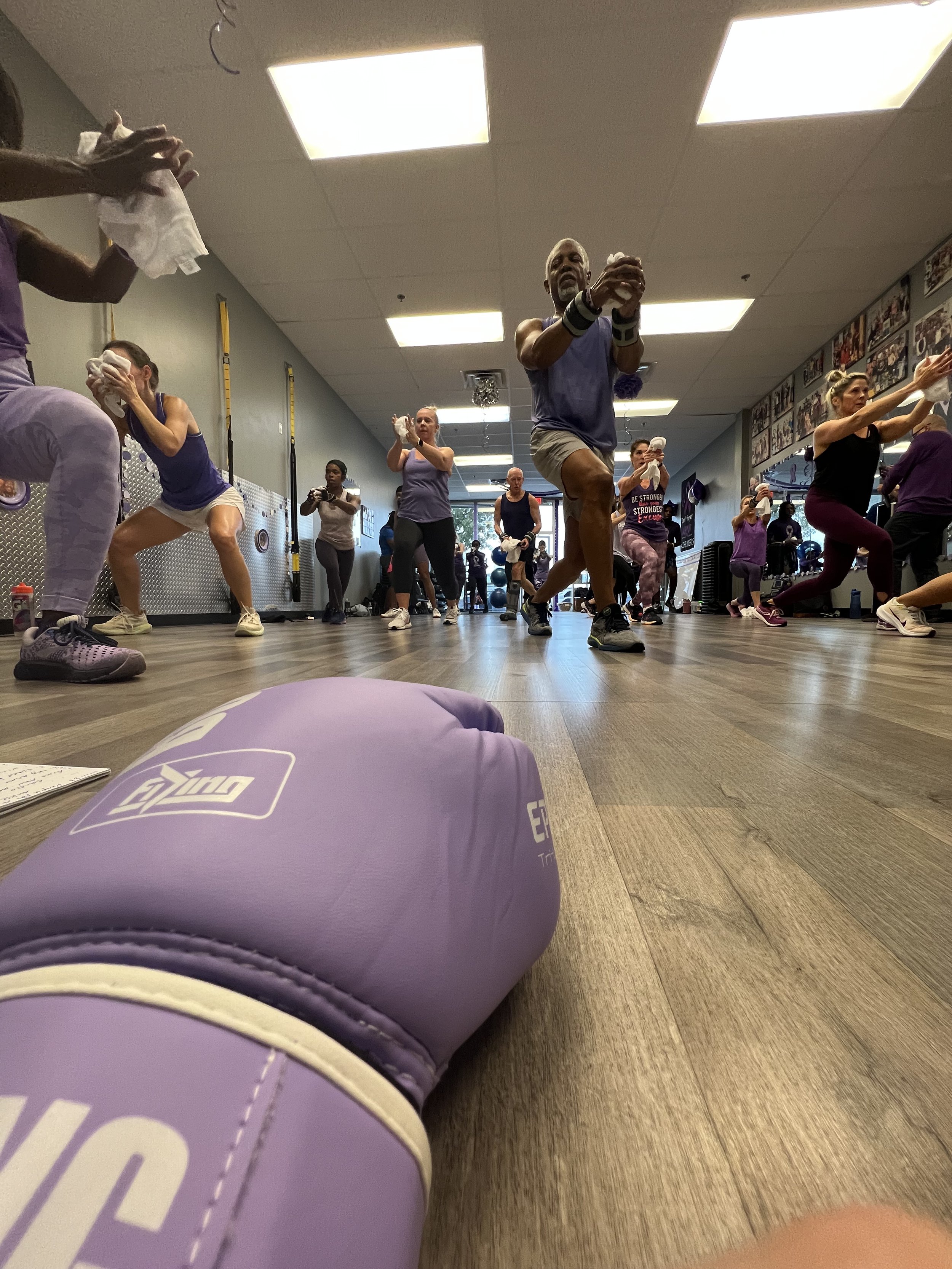The Benefits of Personalized Fitness Plans: Why One Size Doesn't Fit All
In today’s fast-paced world, fitness has become an essential part of maintaining a healthy and balanced lifestyle. However, with so many generic workout programs available online and in gyms, it’s easy to fall into the trap of following a one-size-fits-all approach. While standardized workout plans may provide some results, they often fail to address the unique needs, goals, and limitations of each individual. This is where personalized fitness plans come in, offering a tailored approach that maximizes effectiveness and sustainability.
Understanding Personalized Fitness Plans
A personalized fitness plan is designed specifically for an individual, taking into account various factors such as fitness level, goals, medical history, body composition, lifestyle, and preferences. Unlike generic workout routines, which may not consider personal limitations or objectives, a customized plan ensures that every exercise, rep, and set is aligned with what works best for the individual.
Why One-Size-Fits-All Doesn’t Work
Many people struggle to see results from generic workout plans because these programs fail to acknowledge the diversity of body types, fitness levels, and personal goals. Here are some reasons why a standardized approach often falls short:
Different Fitness Goals: Someone looking to lose weight will require a different workout strategy than someone aiming to build muscle or improve endurance. Generic plans may not adequately cater to these varying objectives.
Varying Fitness Levels: Beginners require a different intensity and structure compared to advanced individuals. Jumping into an advanced routine can lead to frustration, burnout, or even injuries.
Unique Body Types and Metabolism: Everyone’s body responds differently to exercise. A plan that works for one person may not yield the same results for another.
Health Conditions and Injuries: Individuals with pre-existing medical conditions, past injuries, or mobility issues need modifications to ensure safety and effectiveness.
Lifestyle and Schedule Considerations: Some people have time to work out five times a week, while others may only manage two or three sessions. A personalized plan fits seamlessly into an individual’s lifestyle.
The Key Benefits of Personalized Fitness Plans
Now that we understand why generic plans often fail, let’s explore the advantages of a tailored fitness program:
1. More Efficient Workouts
With a personalized plan, every exercise serves a specific purpose. Instead of wasting time on ineffective routines, individuals can focus on exercises that align with their fitness goals. Whether it’s building strength, losing fat, or improving mobility, a customized approach ensures that every session is optimized for progress.
2. Faster and Sustainable Results
Because personalized plans are designed with an individual’s body and goals in mind, they yield faster and more consistent results. By following a program that evolves based on progress and feedback, individuals are more likely to sustain their fitness journey in the long run.
3. Injury Prevention and Safety
One of the biggest risks of following generic workout plans is the potential for injury. A personalized plan accounts for an individual’s physical condition, mobility, and any existing injuries, reducing the likelihood of strain or improper form. This ensures a safe and effective training experience.
4. Motivation and Accountability
Having a plan that is specifically designed for you creates a sense of ownership and motivation. Personalized fitness programs often include tracking mechanisms, progress reports, and regular check-ins with a coach or trainer, making it easier to stay committed and accountable.
5. Adaptability and Flexibility
Life is unpredictable, and rigid workout plans often lead to frustration when unexpected events arise. A personalized fitness plan allows for adjustments based on changes in schedule, progress, or unforeseen circumstances. This flexibility ensures that individuals stay on track without feeling overwhelmed or discouraged.
6. Incorporation of Enjoyable Activities
Exercise adherence is higher when individuals engage in workouts they actually enjoy. A personalized plan takes into account personal preferences, ensuring that workouts remain engaging and enjoyable. Whether it’s strength training, yoga, dance workouts, or outdoor running, a tailored program helps individuals find what works best for them.
How to Get Started with a Personalized Fitness Plan
If you’re considering switching from a generic program to a personalized fitness plan, here’s how to begin:
Assess Your Goals: Define what you want to achieve—weight loss, muscle gain, improved endurance, or overall health.
Consult a Fitness Professional: Work with a certified personal trainer who can evaluate your fitness level, medical history, and lifestyle to create a customized plan.
Track Your Progress: Regularly monitor improvements and adjust your plan accordingly.
Stay Consistent and Flexible: Commit to your plan while allowing for modifications as needed.
Conclusion
The benefits of personalized fitness plans far outweigh those of generic programs. By catering to an individual’s unique needs, a customized plan ensures efficiency, safety, and long-term success. If you’ve been struggling to see results with a standard routine, consider switching to a personalized approach—your body and mind will thank you for it.

